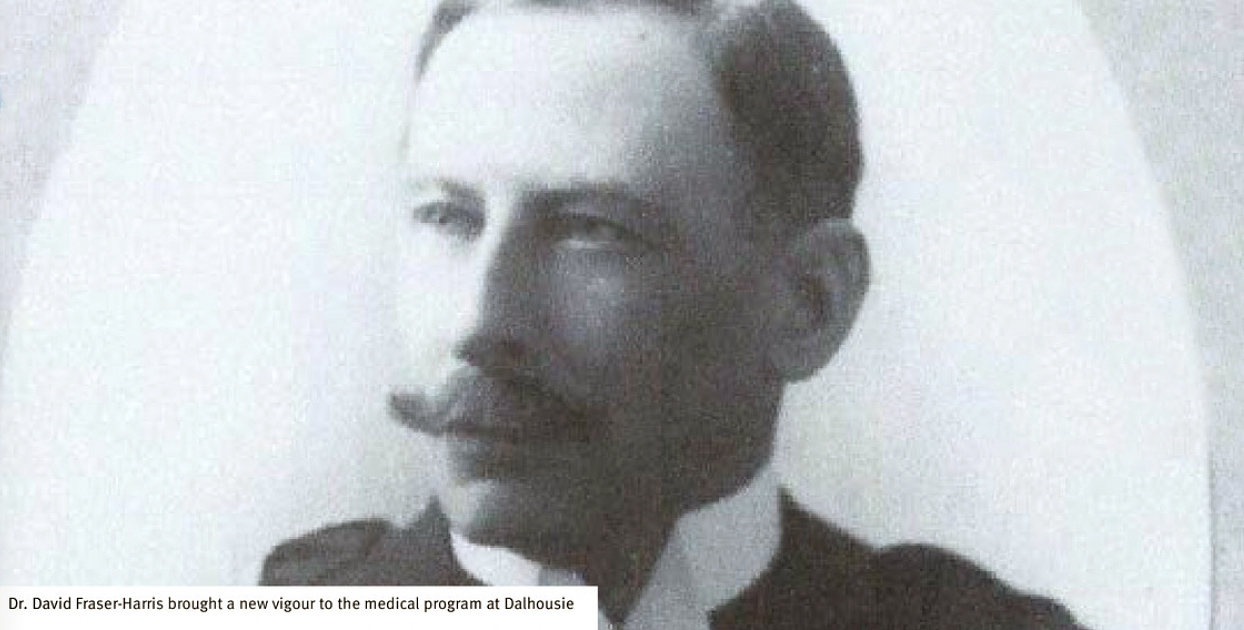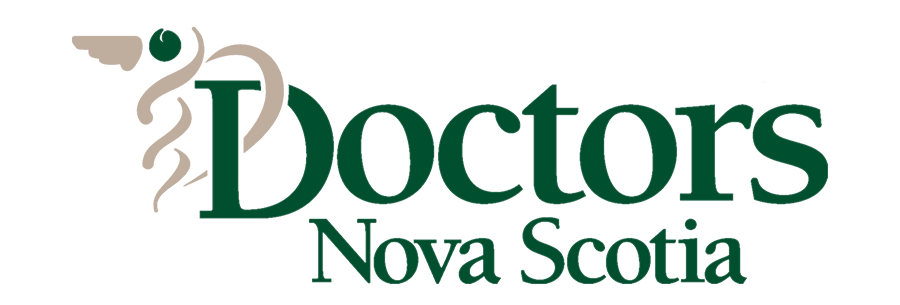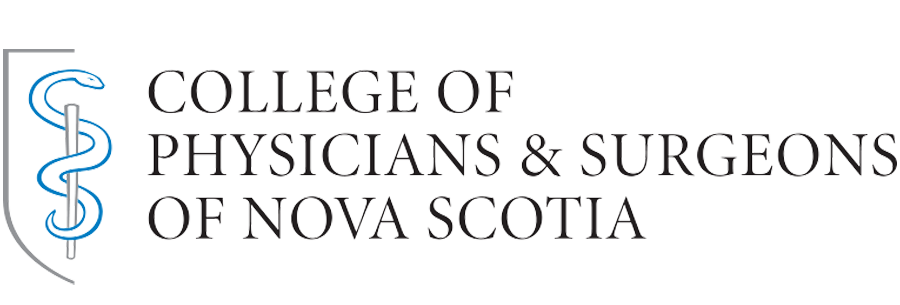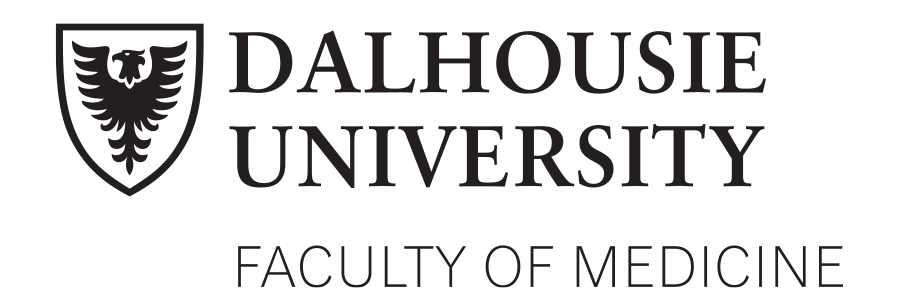By Dr. Allan Marble
In October 1909, a Kentucky school teacher named Abraham Flexner arrived in Halifax to assess the medical program offered jointly by the Halifax Medical College (HMC) and Dalhousie University. Flexner had been hired by the Carnegie Foundation to survey the 155 medical schools in United States and Canada. In February 1910, Flexner's report was received by President John Forrest and the Medical Faculty at HMC. It wasn't good.
Although Flexner did not recommend the closure of the medical program in Halifax, he described it as "feeble," identifying HMC as a proprietary (profit-making) institution with no full-time faculty. He described the dissection room as "ill-smelling" and noted that there was no laboratory work in either physiology or pharmacology. This led co the closure of the HMC in May 1911 and, shortly thereafter, the establishment of a new Faculty of Medicine by Dalhousie.
Flexner had identified Johns Hopkins as the best of the 155 medical schools he had visited and noted chat it had full-time faculty members and properly equipped laboratories. Dalhousie began by hiring two full-time individuals, both of whom with post-graduate training, one in pathology and the ocher in physiology.
Dr. David Fraser-Harris was appointed professor of physiology and histology, partly on the recommendation of Sir William Osler, and also because of his very thorough medical and basic science education, his teaching experience, and his record of research and publications. He had received his medical education at the universities of London and Glasgow and a doctorate in science from the University of Birmingham. He had obtained his research training in Germany and in Switzerland at the Universities of Bern, Zurich, Heidelberg and Jena. Between 18 90 and 191 I, Dr. Fraser-Hanis had taught physiology at Glasgow, Edinburgh, Aberdeen and Sc. Andrew's universities. By the time he arrived in Halifax in November 1911, Dr. Fraser-Harris had 69 publications co his name and had been elected a Fellow of the Royal Society of Edinburgh.
Immediately after his arrival, Professor Fraser-Harris began to teach a new course in physiology, which included a very extensive laboratory program of experiments.
One of his former students eulogized him as follows, "To him, physiology was a romance, a glorious vital romance and we were invited to explore its secrets under his leadership. Through his writings he elevated the Medical School co a place of importance in the nation." Indeed, when the Dominion Medical Council of Canada was established in 1912, Dr. Fraser-Harris was appointed as Dalhousie's representative. He was also recognized for his contributions co medical research in 1916, when he was elected a Fellow of the Royal Society of Canada. In 1917, Dr. Fraser-Harris served as a member of the Medical Relief Committee following the Halifax Explosion and was selected to write the History of the Medical Aspects of the Halifax Disaster. He led Halifax in 1924 and died in England in 1937.




